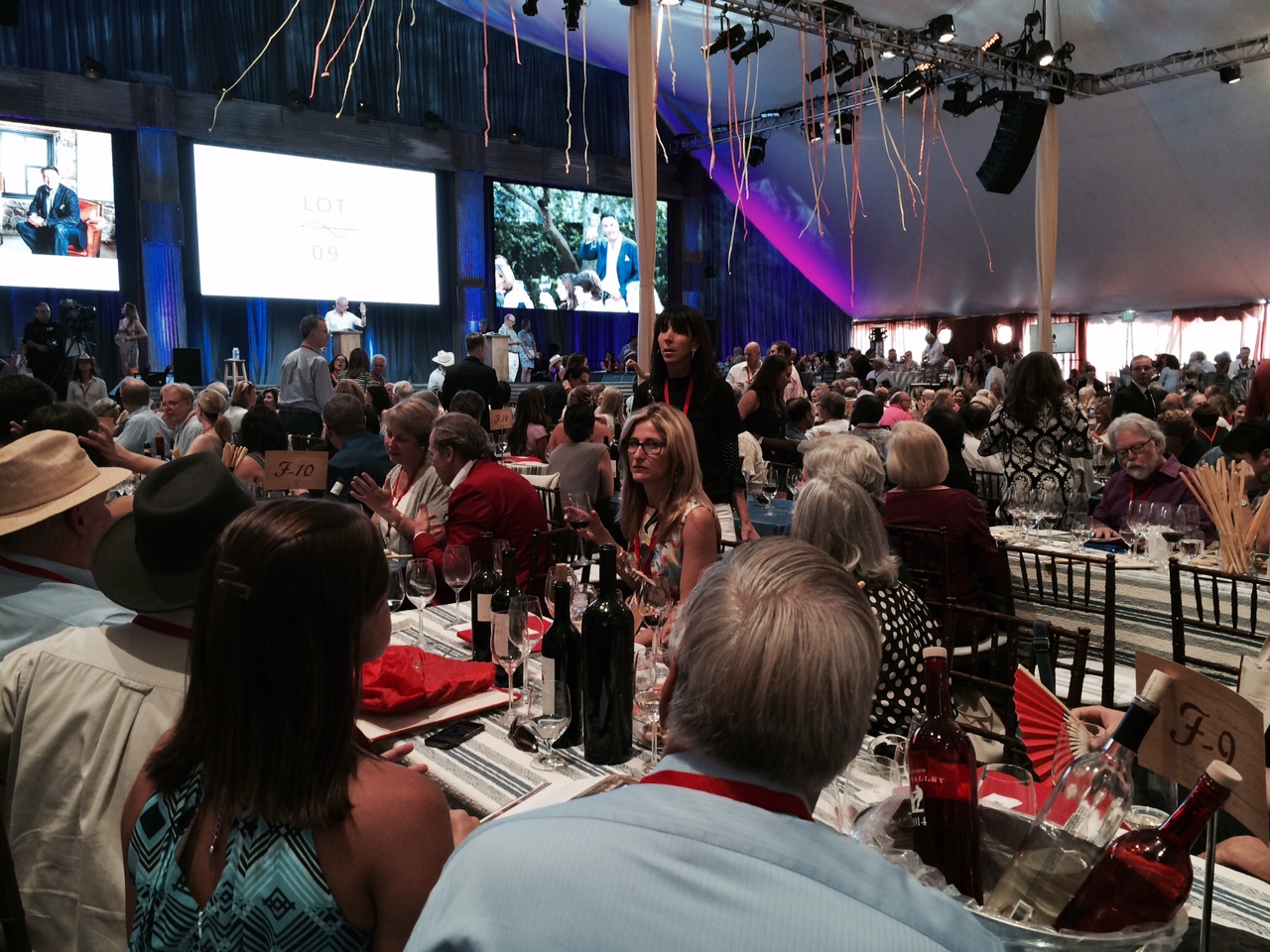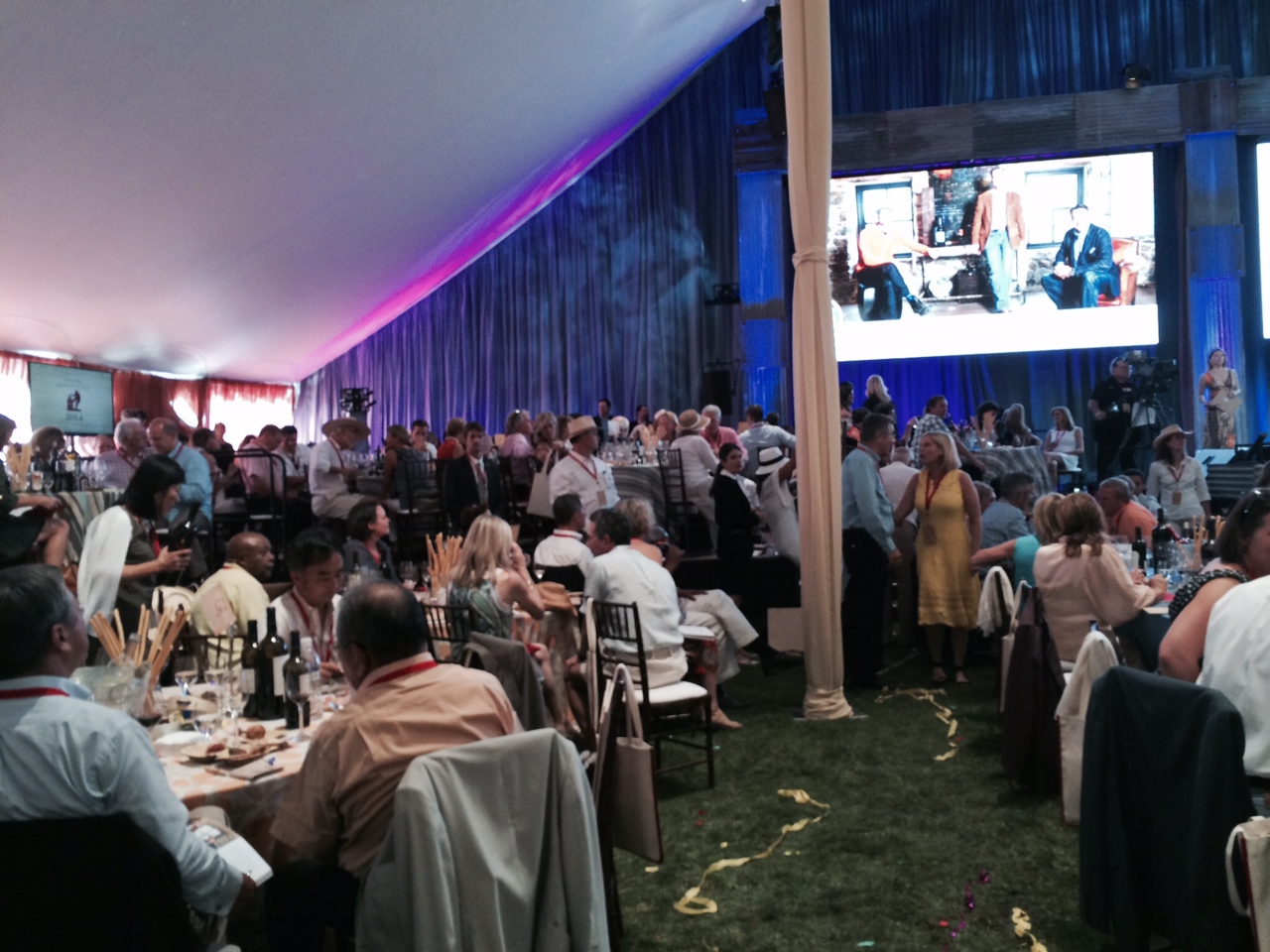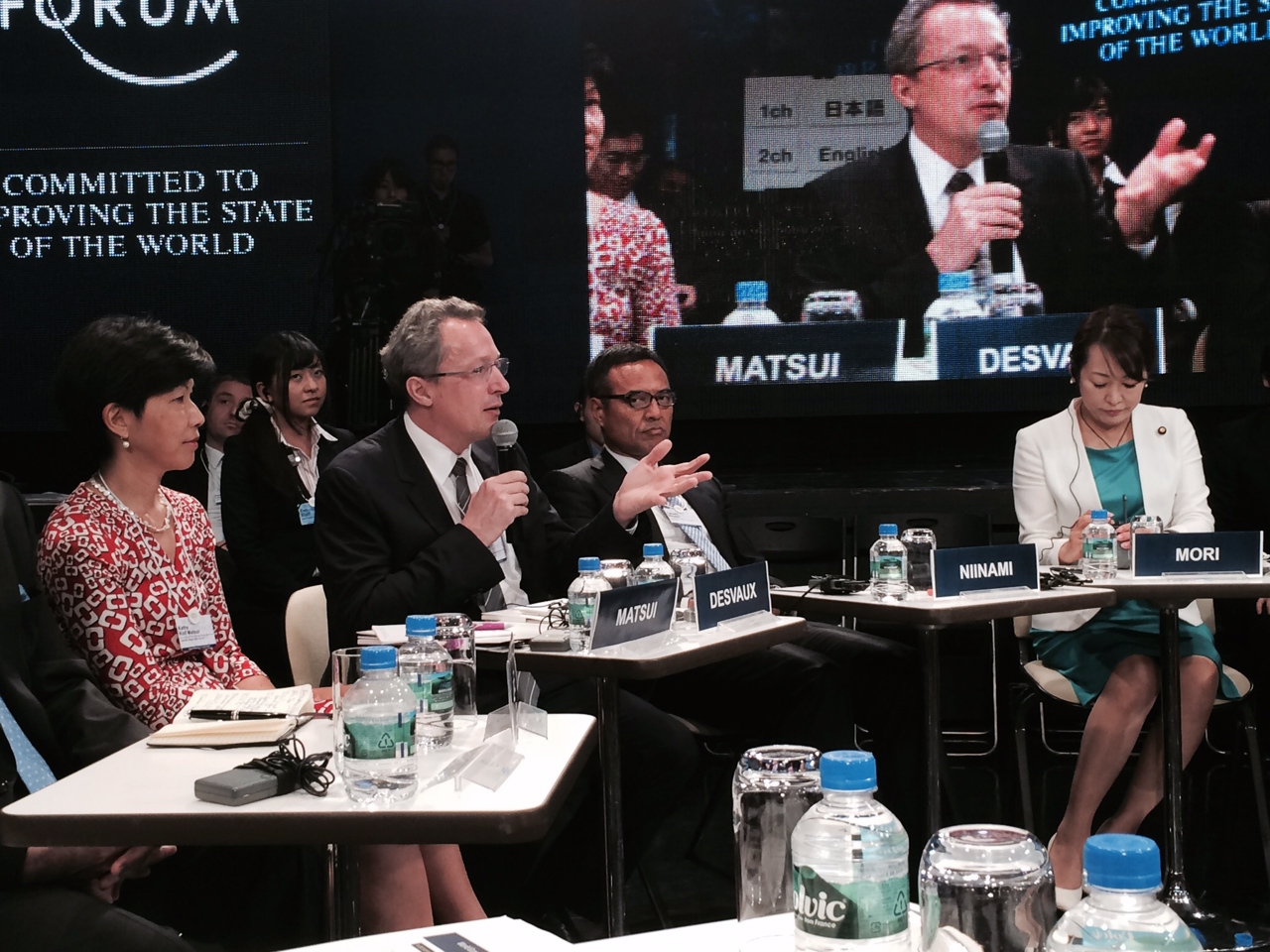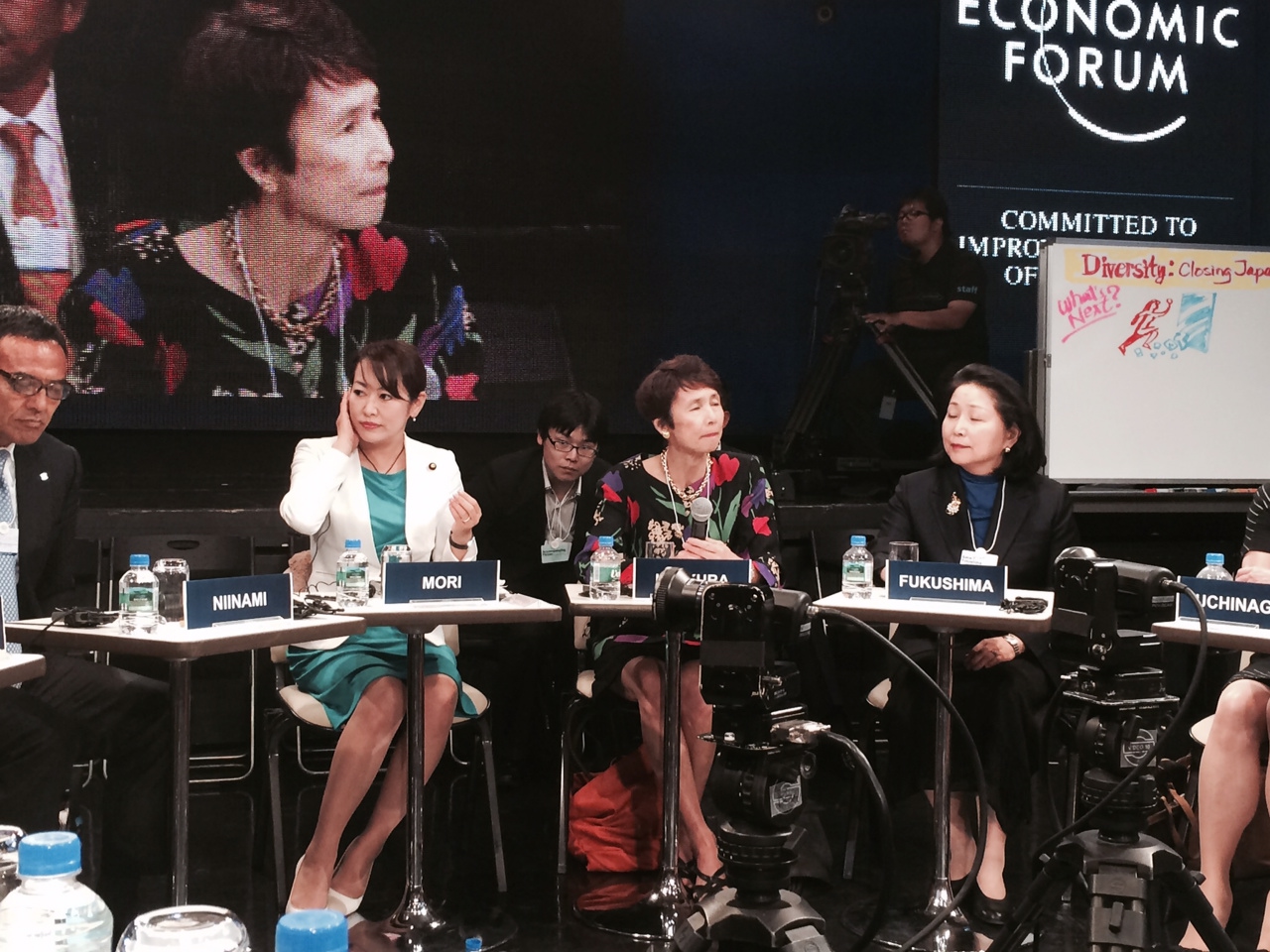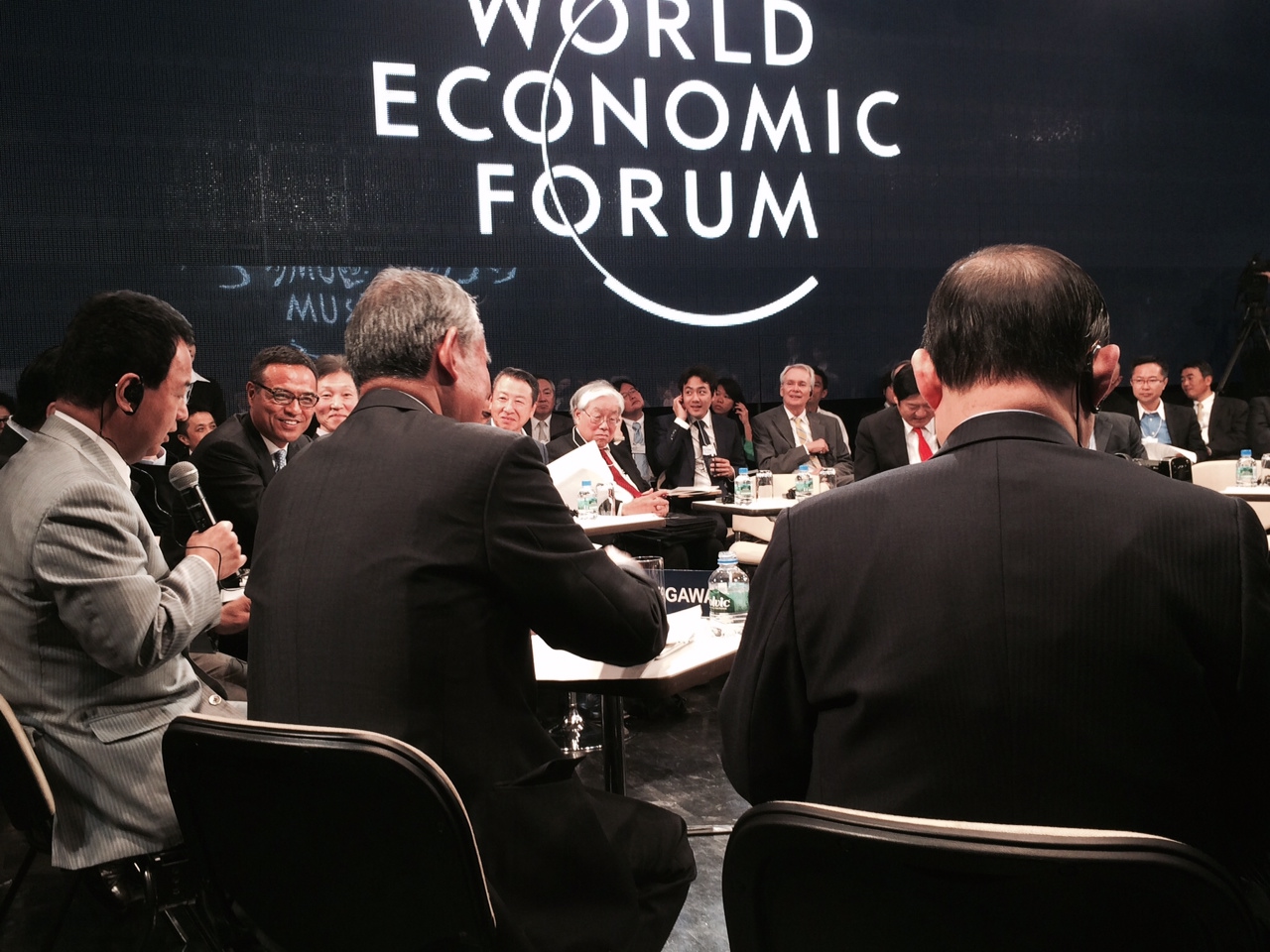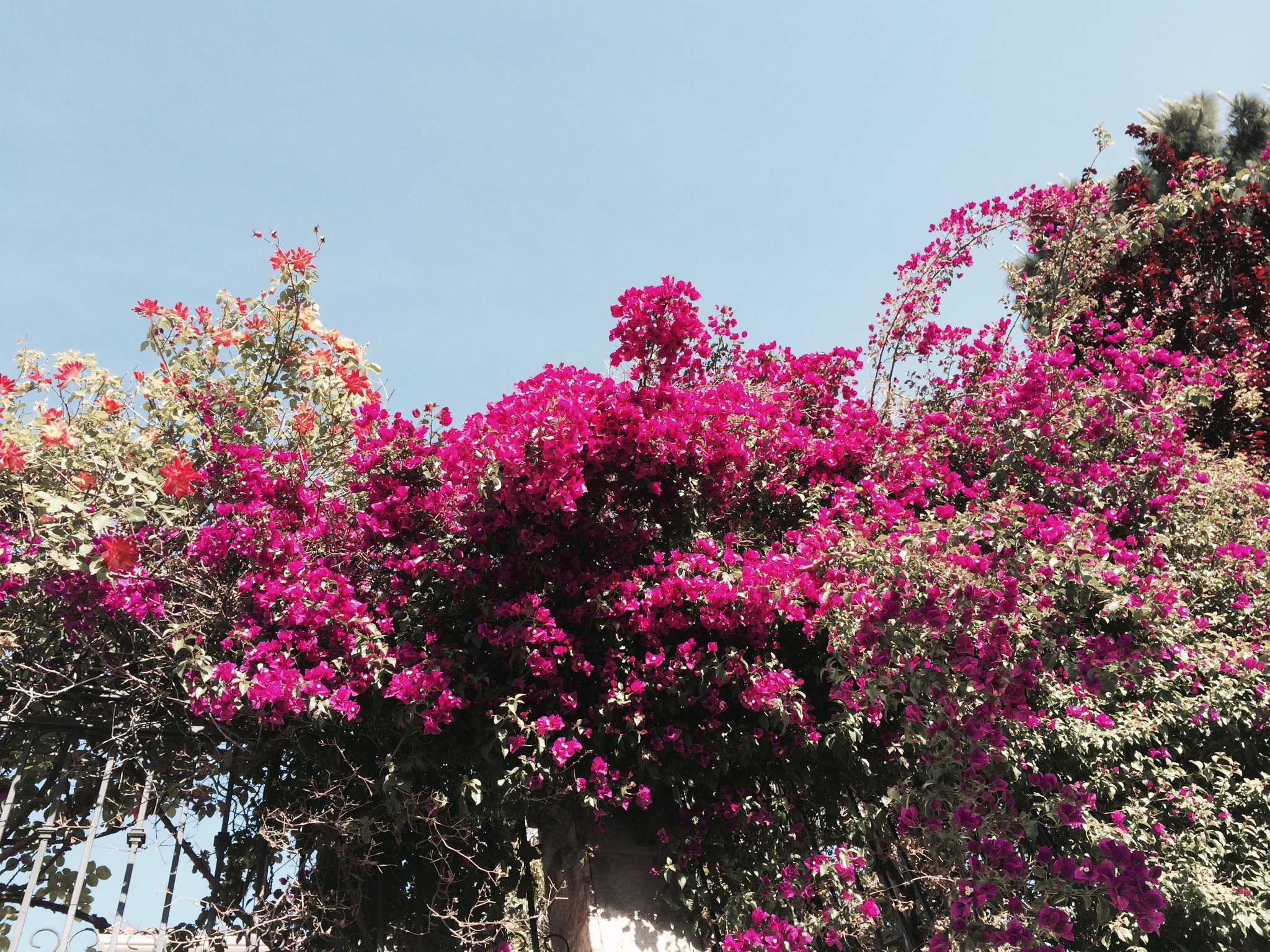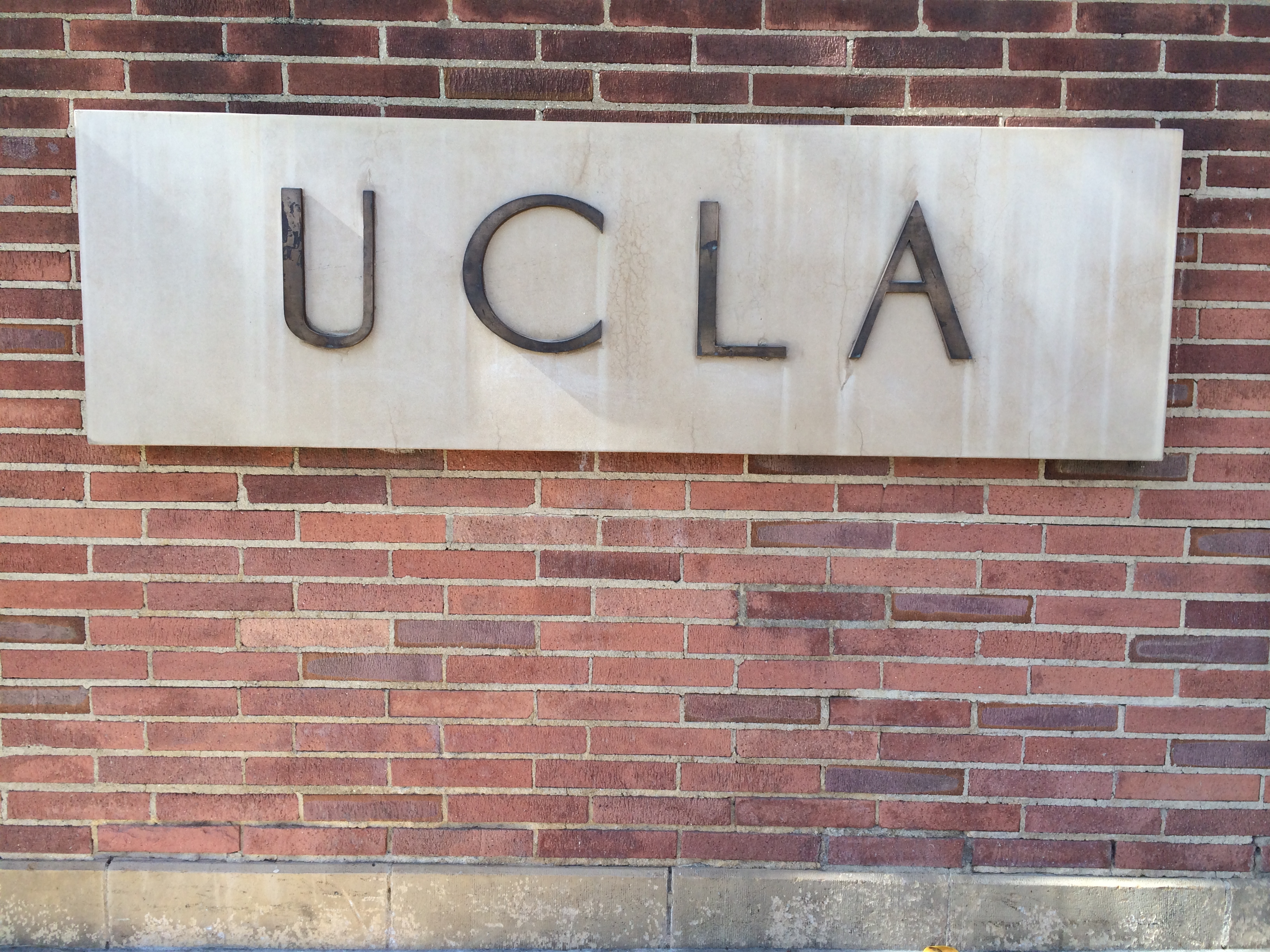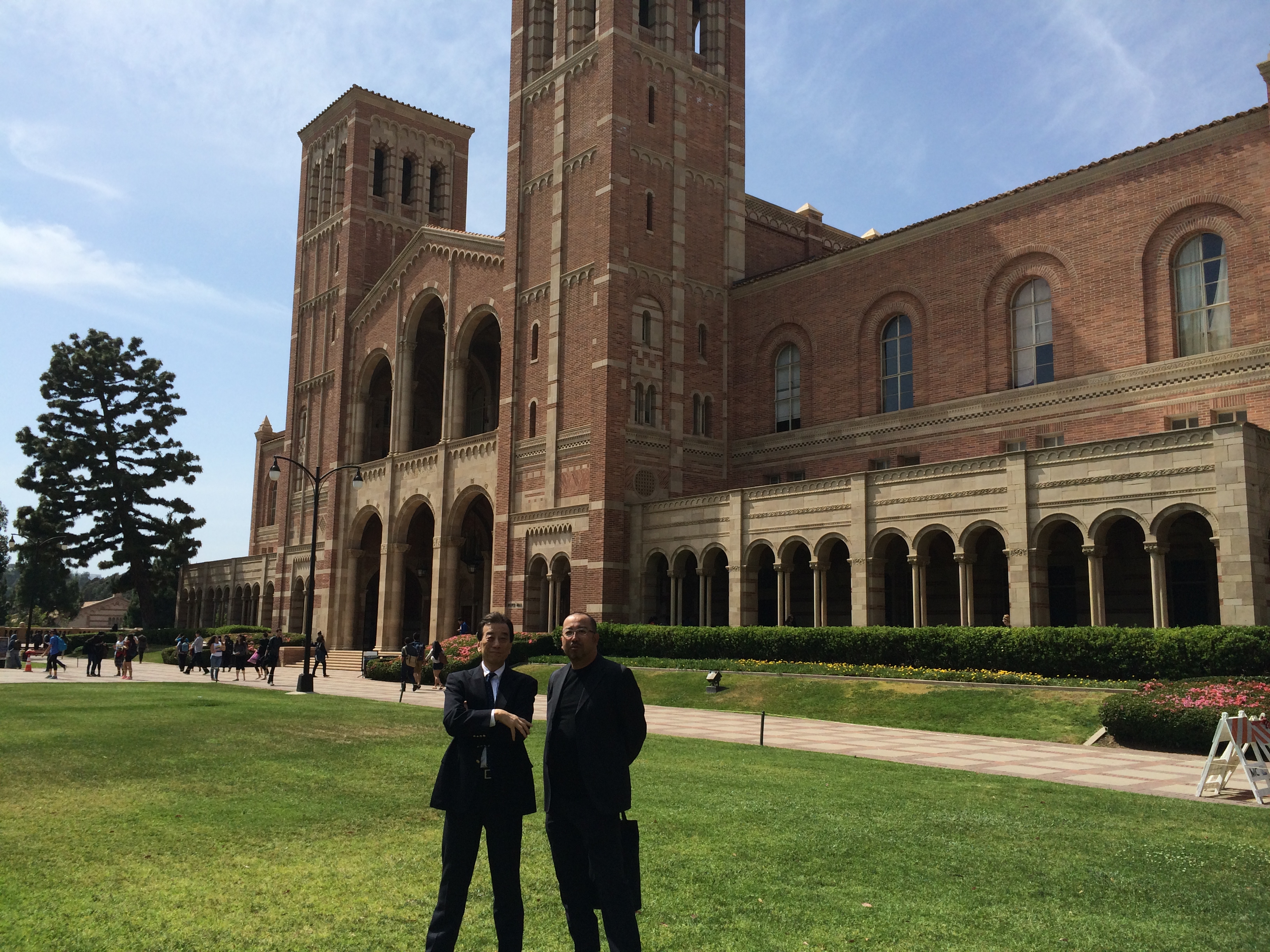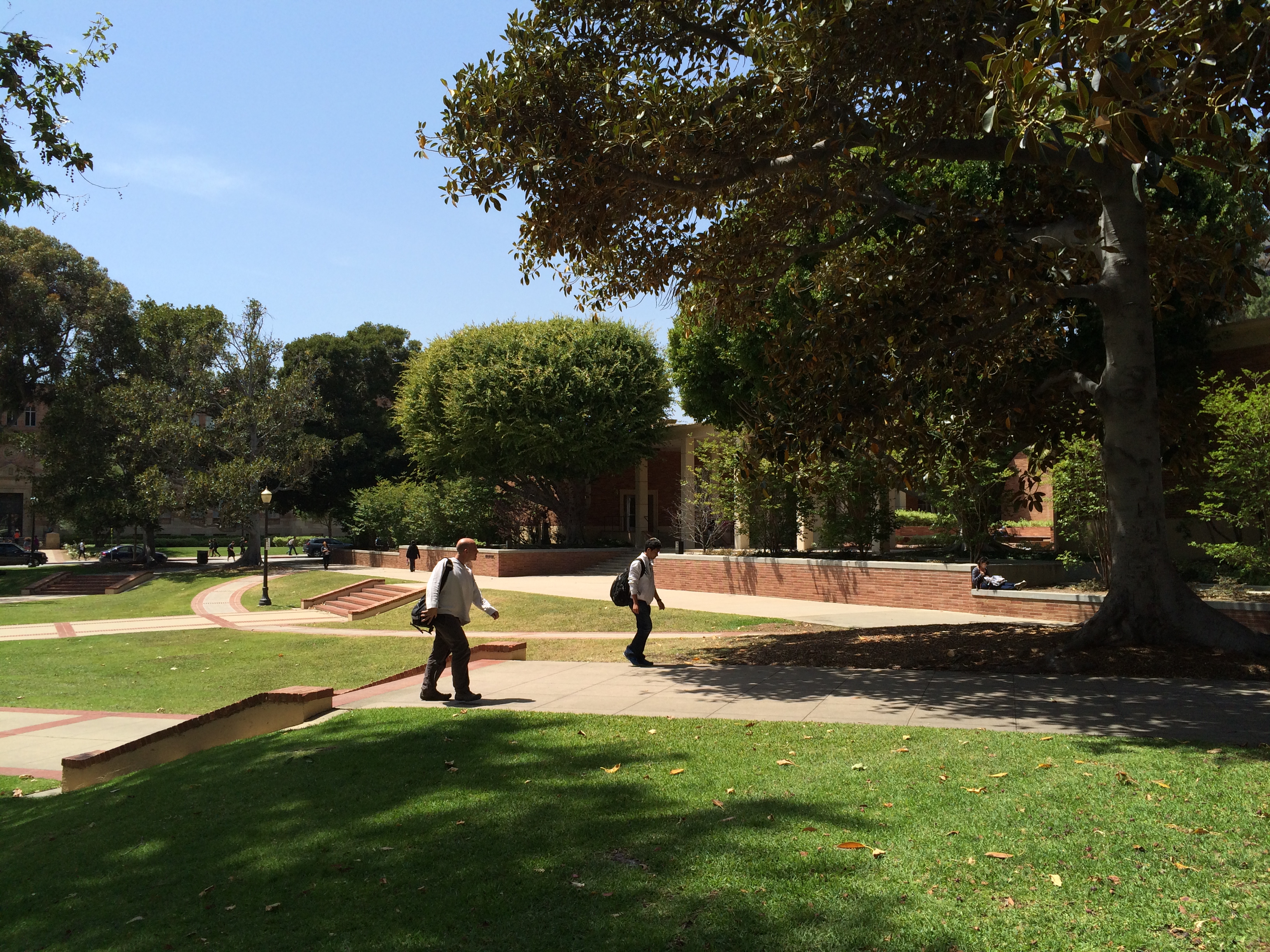AYDPO 2014 marks the seventh year that this program has been running.
I have reported on this program (1, 2, 3, 4) a few times on this blog. It is a program in which young people from Japan and other Asian countries, aged fourteen to sixteen spend three weeks together in Okinawa.
Each year, I have participated in either the opening or closing ceremony. This year, I gave a speech at the closing ceremony. The students who participated this year proposed making a “GIA Green International Academy” on the Kerama Islands and gave a presentation on this. As in past years, the former Governor of Okinawa, Mr. Inamine also was in attendance. Dr. Iwama, the new President of Okinawa Institute of Science and Technology and one of the new leaders of Okinawa, also made his way to the ceremony.
The young people who participated all spoke in English, their common language and they were very good. The closing ceremony was a special time and as it happens every year, all of the students all cried, including the university students, sad to say goodbye to their new friends, with whom they formed very close bonds and became like sisters and brothers.
This program actually began at the time of the first Abe government, when I was a special advisor and assisted with AYDPO (formery AYEPO) establishment. Continuing and spreading programs such as these, and developing young people who are active in the changing world and share memorable experiences with friends across borders is vital to our world.
Through Facebook, the students who participated in this program remain connected with the university students who became like their older sister and brother mentors. I also continue to stay in touch with a young person who was a university student when this program began and is now in Indonesia.
Being connected in this day and age of the internet is important and very useful in stay in touch.
















